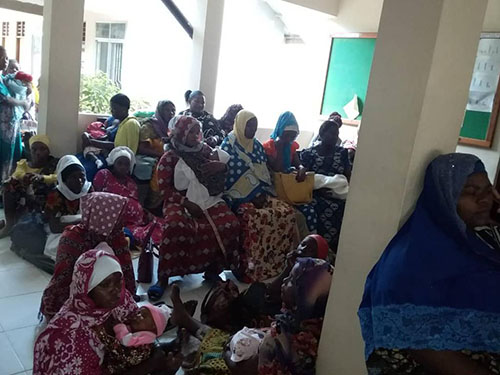
MAJIMATITU PROJECT
MAJIMATITU PROJECT

Tanzania is still a country with a high maternal mortality rate. 500 out of every 100,000 mothers lose their lives during pregnancy or childbirth.
Many of these deaths could be prevented if smaller, local hospitals could provide comprehensive emergency obstetric and gynecological medical care. Majimatitu is one of these local hospitals. Although it has an operating theater, it currently has too little water to be able to operate this operating theater as required. As a result, 25% of the mothers who give birth in this hospital still have to be transferred if they need a caesarean section. They are transferred to larger district or university hospitals, which are already extremely overloaded, so that these women often do not receive the help they urgently need. It is not uncommon for mothers and children to pay with their lives for this untenable situation.
Majimatitu Hospital is a public hospital that is also located in the Temeke district of Dar es Salaam. The hospital has been in existence since 2005. The obstetrics department was opened in 2007. Of the 406,000 people treated at Majimatitu Hospital each year, 61% are pregnant women. That is almost 700 mothers a day who come and go here during their pregnancy, birth or postpartum period.
An operating theater was built in 2017 to meet the needs of pregnant women. The need for clean water is 20,000 liters per day, four times than what was actually supplied!

If there was enough water, all caesarean sections could be performed, thus avoiding the emergency transfer of mothers to another hospital and the associated risks. In collaboration with the NURU Foundation, the Yanuruni Foundation has secured the necessary water supply at Majimatitu Hospital, thereby helping to ensure that the lives of many mothers and children are not unnecessarily put at risk. This project began in October 2019 and was completed at the end of January 2020.